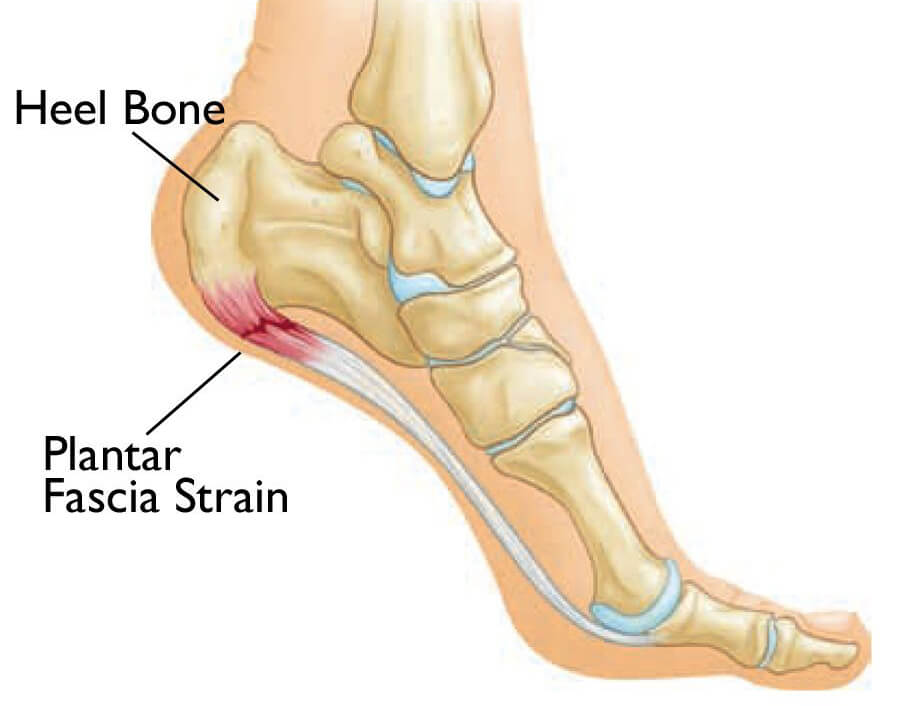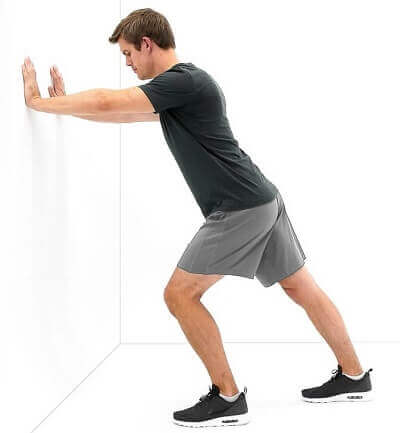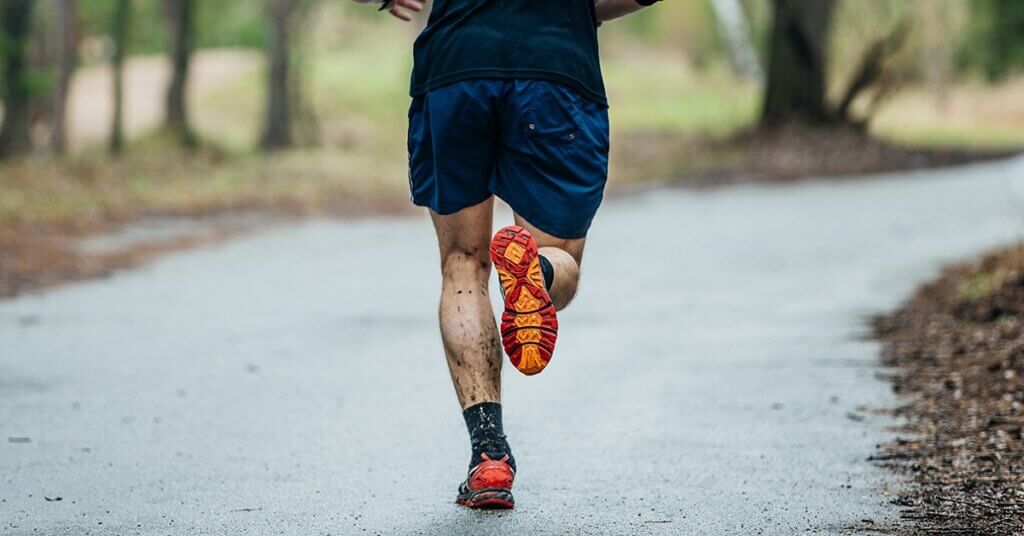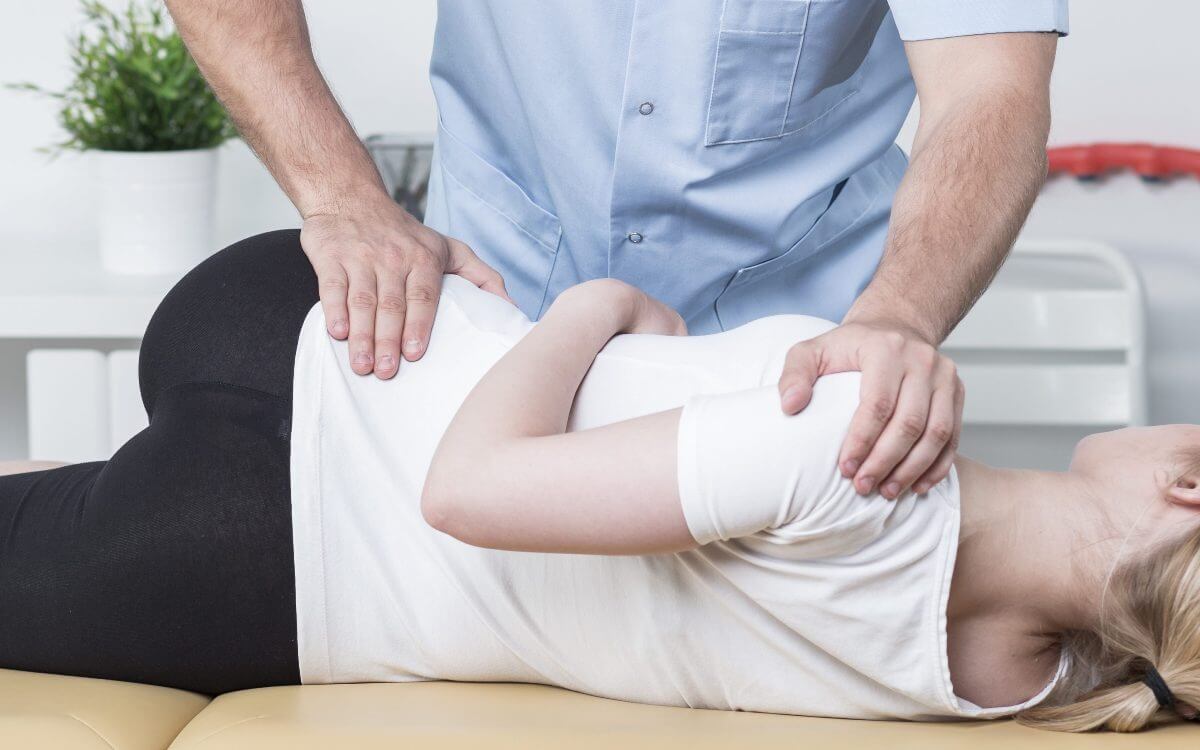Many people have heard of the term but not sure exactly what it is. Plantar fasciitis is the third most common injury in runners and is the most common cause of heel pain. However you don’t need to be a keen sportsman to suffer with the condition. Standing around for long periods at work in inappropriate footwear can bring on symptoms of plantar fasciitis. Considering how prevalent the condition is, it can still be extremely stubborn to fix if the appropriate rehabilitation program isn’t followed.
Anatomy
The plantar fascia is a thick fibrous tissue that extends from the heel bone all the way to the toes. Its primary roles are to maintain the structural arch of the foot, whilst absorbing shock during walking or running.

Symptoms
Pain is classically the primary symptom of the condition. Pain can be experienced anywhere along the length of the plantar fascia, however it appears most commonly on the inside of the heel close to the arch of the foot. Any activity which involves putting weight though the foot tends to bring on symptoms i.e walking, running, standing on the balls of your feet or using stairs. Pain experienced on the first step out of bed in the morning is a classic symptom due to reduced blood supply to the fascia, and shortening of the tissues whilst at rest. Symptoms generally tend to reduce once you begin to walk.
Causes
Plantar fasciitis is a multi-factoral injury which means that there are a number of possible factors that need to be identified in order to devise the most appropriate rehabilitation program.
4 factors that are likely to be involved;
Biomechanics: How the body moves and functions can play a significant role in the condition i.e, if the foot rolls inwards excessively (overpronation), poor control of movement through the knee and hip affecting walking or running gait or differences in leg length increasing increased load through one foot.
Foot wear: Everyones feet are different, and for this reason footwear choice is really significant to ensure the foot has enough support and control whilst going through the gait cycle. Worn out shoes will place increased pressure through certain areas of the foot resulting in overload of the tissues. Shoes with limited arch support can cause the plantar fascia to overstretch leading to micro tears in the fibers. Both of these factors overtime will lead to pain
Muscular tightness: Tightness in the calf complex (gastrocnemius and soleus) increases the tension on the achilles tendon which in-turn pulls on the plantar fascia where it connects.
Muscular weakness: Weakness in any of the supporting muscles in lower limb from hip, knee, ankle to top can affect biomechanics placing increased load through the plantar fascia.
Treatment
There are many different available treatments for plantar fasciitis, however here are the top three non-invasive techniques/ tips which are successfully used in aiding recovery.
1. Soft tissue stretching
Muscular tightness and reduced length particularly in the calf complex is very common amongst runners. This is due to the high level of force that is required by the calf to run. By not stretching and recovering adequately afterwards will lead to tight and sore muscles.
Gastrocnemius stretch- Stand with both hands in front of you flat on a wall. Step back with your right leg and bend the left knee whilst keeping your right leg straight and heel flat on the floor. Repeat on both legs.
Soleus stretch- Follow the same procedure as the gastrocnemius stretch however bend the back knee which will stretch more of the deeper part of the calf. Repeat on both legs.

Complete each of these stretches for 3x 30 second holds, 3x daily.
Whilst sitting, place your right foot up onto your left knee knee. Using your right hand grab the toes and pull upwards. Your should feel a stretch under the arch. Hold for 10 seconds x 3 sets, 3x daily.
Ball rolling Fascia– Sit on a chair with a tennis ball/ golf ball under your foot. Gently apply some pressure down on to the ball whilst moving your foot around. This will act as a self massage. Perform for 5 minutes, 1x daily.
2. Muscular strengthening
Muscular strength is often overlooked during plantar fasciitis rehabilitation. However it is vital to regain to the tensile strength and endurance in the tissue in order for it absorb shock and maintain the profile of the arch whilst walking and running. Here are 2 commonly used strength exercises during rehabilitation;
Modified calf raise-Stand next to a wall/ counter to hold on. Place a rolled up towel under your toes on both feet. Slowly raise your heels off the floor for a 3 second count. Hold for 2 seconds, then lower for a 3 second count. Repeat 2x 10 repetitions 1x daily. Once this gets easier progress onto a single leg.
Big toe flexor strength- The mobility and strength of the big toe is extremely important during running. For this exercise stand with one foot flat on a towel/ tea towel. Keeping your heel down, use your big toe to scrunch the towel underneath you. Perform 3x 10 repetitions on each foot.
3. Footwear

Many people who are just starting out in running often choose running shoes on their look, design, colour etc. However it is important to have your gait analysed first as there are different levels of support available for different types of feet. Some runners will require minimal support where others will require a high level of motion control. Minimalist or barefoot shoes have grown in popularity and use over the recent years. They can have great benefits to natural movement however the lack of support and zero heel drop requires a very gradual build up of use over time. Having the incorrect shoe type can lead to a wide range of injuries in runners, in particular plantar fasciitis.
4. Checking spinal alignment

It is important to remember that every part of your body is supplied by the nervous system which is protected by your spine. If your lumbar spine isn’t moving correctly or there are lots of restrictions, there will be an increased pressure on the nerves inhibiting signals travelling to the lower limb. This can lead to both increased tightness of the calf muscles and restrict efficient healing of the soft tissues. Having imbalances in the pelvis can result in compensations during walking and running gait placing increased demand on one side of the body. This in turn will imbalance the calf activity leading to potential injury. Ensure that you have your chiropractor regularly check your spine to maximise your potential!
Due to the numerous factors involved with plantar fasciitis it is imperative that you seek help from a Sports Therapist and chiropractor in order to provide you with the correct diagnosis and personal rehabilitation plan to get you back on your feet doing the sport you love.
Adam Harrison
Sports Therapist

